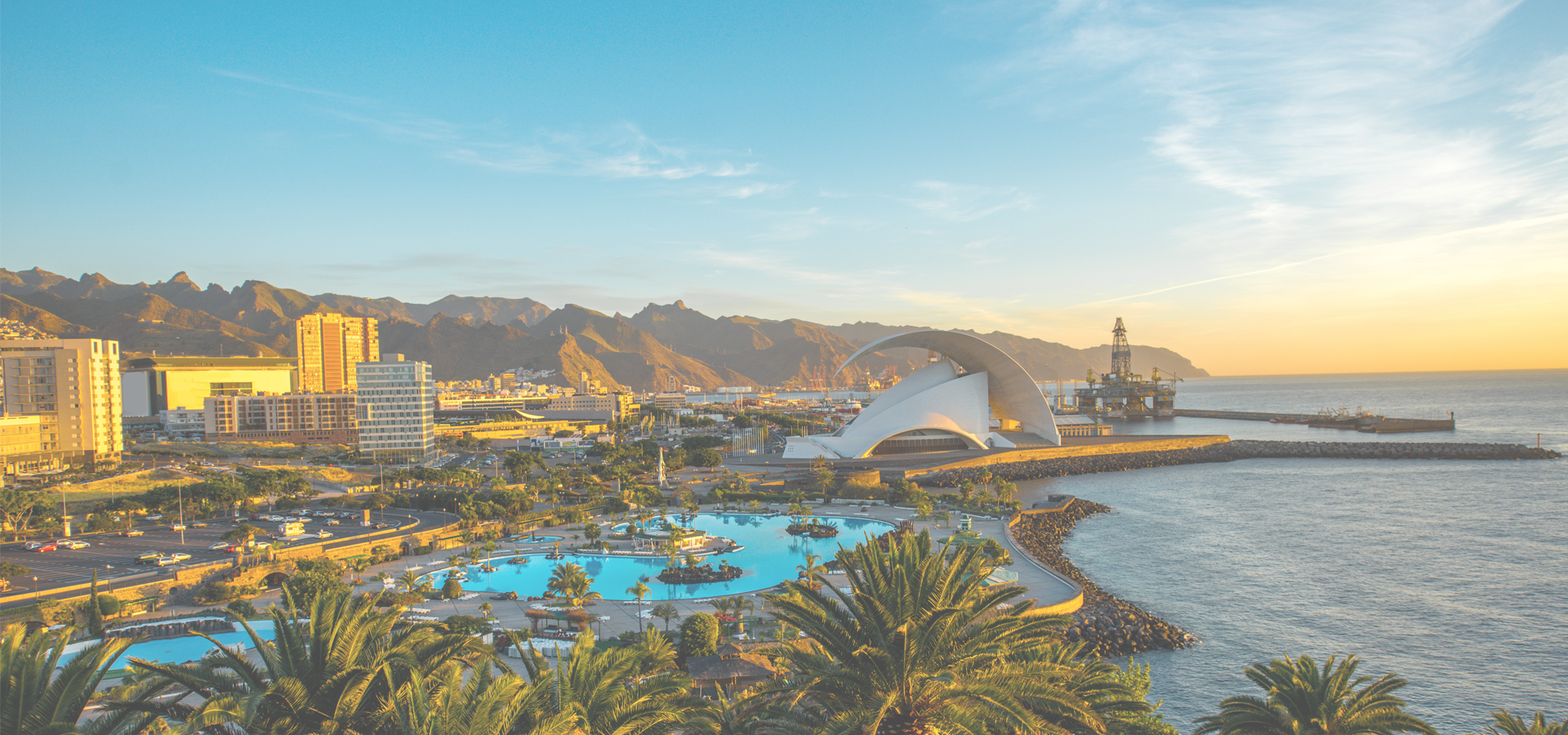La Orotava, Tenerife, Province of Santa Cruz de Tenerife, Spain
🇮🇨 La Orotava is a town and a municipality in the northern part of Tenerife, one of the Canary Islands of Spain. The area of the municipality stretches from the north coast to the mountainous interior, and includes the summit of the Teide volcano, Canary Islands' and Spain's highest point at 3,718 m.
The town La Orotava, which is the administrative centre of the municipality and also its largest settlement, is situated near the north coast, at about 400 m elevation in the Orotava Valley. It is 4 km south-east of Puerto de la Cruz and 28 km south-west of the island's capital, Santa Cruz de Tenerife. The TF-5 motorway passes through the north of the municipality.
The coat of arms of La Orotava was adopted by Alfonso XIII in 1906, the dragoons escorting the drago and the tree of golden apples refers to the mythology of the Garden of Hesperides, believed was located in La Orotava. In gastronomy, La Orotava was honored for the Denominación de Origen Valle de La Orotava or the Denomination of the Origin of the Orotava Valley (Valle de La Orotava) in wines.
The historic centre of La Orotava was declared Conjunto histórico in 1976 and is included in the Inventory of the European Cultural Heritage Protection and Monumental. Also noteworthy is that much of the Teide National Park (a World Heritage Site in 2007) is located within the municipality. La Orotava is also the highest town of Spain and steepest, the municipality comes from sea level up to 3718 meters the Teide (the highest peak in Spain).
History The Guanches lived primarily in coastal areas and in the vicinity of the largest canyons and hillsides in the valley. In these places food and means of subsistence were easily found. For the Guanches, the highest peak in Spain (Mount Teide), which is situated in this township, was regarded as a place of worship.
On the arrival of the Spanish conquistadores, such as Alonso Fernández de Lugo, the people of Tenerife resisted. Tenerife was the last of the Canary Islands to be conquered, in 1496. The origin of La Orotava goes back to the 1502 when the land and water were portioned out among the men who had taken part in the conquest.
Economy The export economy established by the European settlers after the conquest in the 15th century spawned large commercial and passenger movements that were to last for decades. The first foreign visitors quickly felt drawn to the clemency and beneficial qualities of weather conditions found in the Taoro Valley.
La Orotava has a rich land for farming and its economy has been based on agriculture for centuries, with products such as wine, tomatoes, bananas and others that were exported mainly to Europe and the UK.
It was not until beginning of the 19th century that the tourism industry broke through. The natural environment of La Orotava helped attract many researchers and exclusive high-class groups from Europe. At this stage La Orotava was a leading cultural centre accommodating many travellers and writers, among others William Wilde and Alexander von Humboldt.
Nowadays, La Orotava is visited by Northern Europeans all year round, specially during the winter months when the climate is quite mild, and over Christmas and New Year.
Subdivisions The Orotava Valley stretches from the sea up to the mountains at 2,000 m which begins near Las Cañadas up to Pico del Teide at 3,718 m is Spain's tallest mountain. The valley includes the municipalities of Los Realejos, Puerto de la Cruz and La Orotava.
La Orotava is subdivided into various locations such as El Rincón, La Florida, La Perdoma, San Antonio, La Luz or Aguamansa, among others.
Education The British School of Tenerife has its La Luz Campus in La Orotava.
Sites of interest • El Ayuntamiento (town hall) • Mirador Humboldt, after Alexander von Humboldt, from the greatest panoramic attraction over the valley. • Casa Molina • Plaza de San Francisco • La Casa de los Balcones • El Teide, which is Spain's highest mountain • Iglesia de La Concepción (church), one of the best examples of Baroque era in the Canary Islands • Sociedad Liceo de Taoro.
Santa Cruz de Tenerife

La Orotava has a population of over 41,255 people. La Orotava also forms part of the wider Tenerife island which has a population of over 966,354 people. La Orotava is situated 28 km south-west of Santa Cruz de Tenerife.
Twin Towns - Sister Cities La Orotava has links with:
🇨🇺 Remedios, Cuba🇸🇳 Saint-Louis -16.5
🇮🇨 San Cristóbal de La Laguna -16.314
🇸🇳 Ziguinchor -16.283
🇮🇨 Santa Cruz de Tenerife -16.25
Locations Near: La Orotava -16.5235,28.3911
🇮🇨 San Cristóbal de La Laguna -16.314,28.478 d: 22.6
🇮🇨 Santa Cruz de Tenerife -16.25,28.467 d: 28
🇮🇨 San Bartolomé de Tirajana -15.573,27.926 d: 106.6
🇮🇨 Santa Lucía de Tirajana -15.533,27.917 d: 110.5
🇮🇨 Las Palmas de Gran Canaria -15.44,28.13 d: 110
🇮🇨 Las Palmas -15.44,28.13 d: 110
🇮🇨 Telde -15.42,27.993 d: 116.9
🇮🇨 Puerto del Rosario -13.867,28.5 d: 260
Antipodal to: La Orotava 163.477,-28.391
🇳🇨 Nouméa 166.45,-22.267 d: 19271.5
🇳🇨 Koné 164.852,-21.059 d: 19188.1
🇦🇺 Gold Coast 153.416,-28.002 d: 19028.5
🇦🇺 Southport 153.405,-27.974 d: 19027.1
🇦🇺 Lismore 153.29,-28.815 d: 19019.8
🇦🇺 Redland City 153.25,-27.583 d: 19007.2
🇦🇺 Logan 153.109,-27.639 d: 18994.2
🇦🇺 Caloundra 153.133,-26.8 d: 18980.9